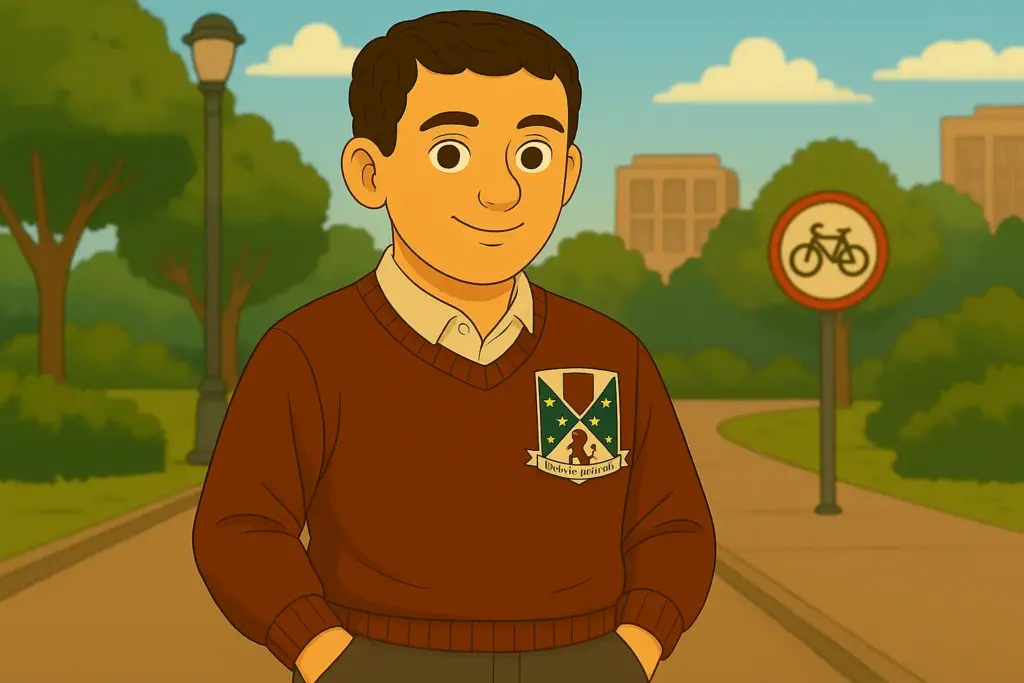Public Spaces and the Law
What’s allowed and what’s off-limits

What’s allowed and what’s off-limits
Public Spaces and the Law
Public spaces are more than just open areas in cities; they are the settings where people meet, interact, and exercise key freedoms. Parks, streets, plazas, sidewalks, and communal squares all fall under this category. These areas are designed to be accessible to everyone, regardless of background, and they serve both practical and symbolic roles in society. They are places for recreation, movement, commerce, expression, and civic engagement. In this sense, the law treats public spaces as shared resources that must be protected, managed, and made safe for all.
The legal frameworks that govern these areas are meant to create balance. On one side, individuals have rights — such as the ability to gather, speak, protest, or simply enjoy time outdoors. On the other, public authorities must ensure safety, accessibility, and harmony for the community as a whole. This means that certain restrictions exist, but they should be reasonable, transparent, and designed to preserve both order and fairness. For example, while one person may wish to demonstrate in a busy street, the government must also ensure that traffic flow and emergency services are not disrupted.
Another cornerstone principle is the duty of care. Authorities, businesses, and even individuals are expected to act in ways that reduce risks and protect others from harm. For example, municipalities must maintain sidewalks to prevent accidents, and event organizers must plan responsibly to avoid overcrowding. This shared responsibility reflects the idea that public spaces belong to everyone, and their safe enjoyment depends on mutual respect.
In addition, the law recognizes that public spaces are key arenas for democracy. Freedom of expression and assembly are frequently exercised in these settings, making them vital for civic life. Yet, these freedoms are not absolute. Activities that endanger public order, encourage violence, or infringe on the rights of others may be lawfully restricted. Legal systems rely on the principle of proportionality: any restriction must be necessary, minimal, and fair. This ensures that regulations do not become tools of censorship but rather safeguards of balance.
Public spaces carry social, legal, and democratic significance. Their importance can be understood through three core ideas:
- Public spaces support community life by allowing interaction, dialogue, and expression in ways that private areas cannot.
- The law balances rights with safety, ensuring freedoms like speech and assembly coexist with order and accessibility.
- Duty of care is essential, requiring authorities and individuals alike to prevent harm and protect those using shared spaces.
Rights and Boundaries in Public Environments
Public spaces are considered “forums” where people can exercise freedoms, but the strength of these rights depends on the type of space. Traditional spaces such as parks, sidewalks, and streets are the strongest settings for free expression, while limited-use areas such as schools or government facilities can impose more restrictions. Even private property that functions as a public gathering place, like shopping centers, may involve certain rights, although often subject to the owner’s control.
A critical distinction lies in the concept of reasonable limits. The law allows governments to regulate time, place, and manner of activities in public areas, but these rules must be neutral and justified. For example, authorities may require permits for large gatherings that block traffic, but they cannot deny a permit simply because they disagree with the message of the event. Similarly, rules may limit noise levels or require routes for marches, but they cannot completely prevent peaceful assembly without strong justification.
Privacy is another dimension of public space law. While individuals generally cannot expect complete privacy in public, their rights are not erased. Filming or photography of public areas is usually permitted, but misuse of recordings for harassment or exploitation may still be restricted. Likewise, authorities must carefully balance surveillance and security measures with protections against unnecessary intrusion.
Finally, law enforcement in public spaces is bound by fairness. Officers are expected to safeguard peaceful activities while managing risks of disorder. They must act proportionately, provide clear instructions if gatherings are dispersed, and avoid discriminatory practices. Excessive or biased enforcement undermines both trust and rights, while thoughtful, balanced enforcement strengthens civic life.
Frequently Asked Questions
Public spaces raise many practical and legal questions because they are shared environments where rights and responsibilities intersect. Here are some of the most common concerns:
A public space is any area accessible to all, such as parks, sidewalks, squares, and streets. Some private spaces like malls may also function as public spaces if they are open to general use. The law generally protects access and regulates their safe use.
Yes, but only within limits. Authorities can regulate the time, place, and manner of expression to protect safety and order. However, they cannot restrict speech based on disagreement with the viewpoint being expressed.
Privacy is limited but not absent. People can usually be photographed or filmed in public, but misuse of such material may be restricted. Likewise, government surveillance must be proportionate and respect broader privacy rights.
It means that authorities and individuals have a responsibility to keep shared environments safe. Cities must maintain infrastructure, event organizers must prevent hazards, and individuals should act responsibly to avoid harming others.
Keywords
Public Spaces
Duty of Care
Public Order
Freedom of Assembly
Freedom of Expression
Legal Frameworks
Public Safety
Privacy in Public
Civic Engagement
Regulation







